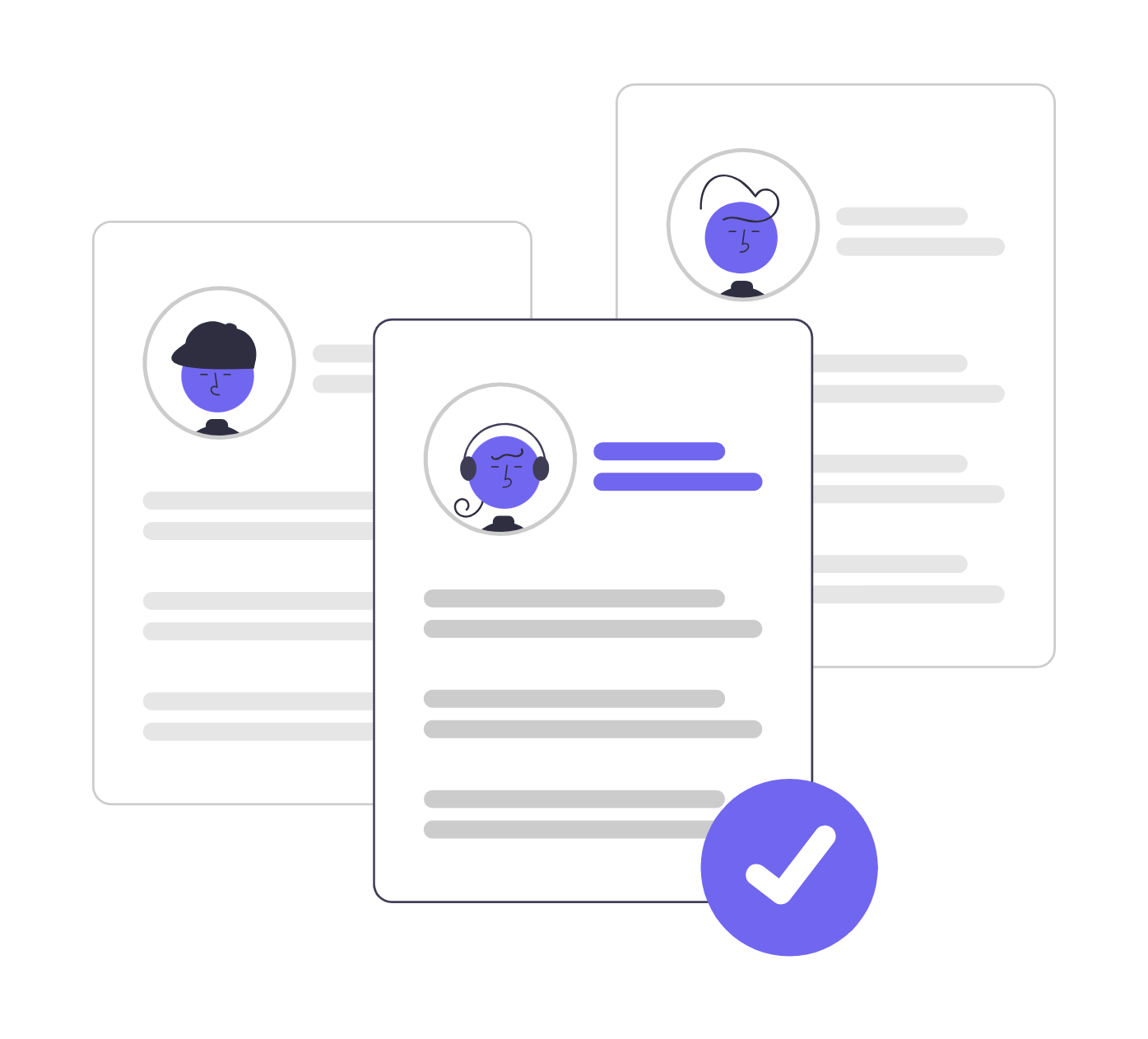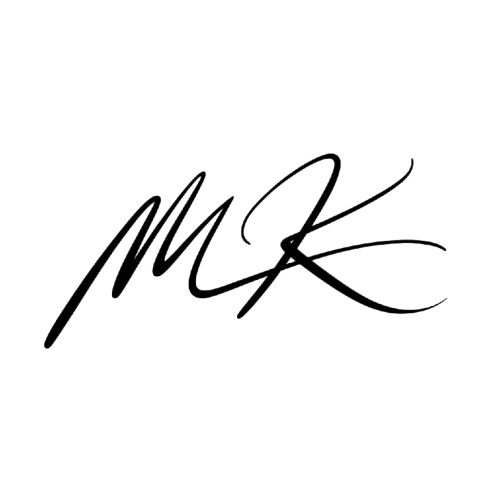Share
Hiring top talent quickly isn’t just a nice-to-have—it’s a competitive advantage. Yet only 30% of companies manage to fill a role within 30 days. The rest? They often spend 1–4 months navigating a maze of approvals, screenings, interviews, and negotiations—only to sometimes lose their best candidates to faster-moving competitors.
But here’s the good news: reducing your recruitment cycle time doesn’t mean sacrificing quality. In fact, when done right, it leads to better hires, improved candidate experience, and lower costs per hire.
This guide walks you through 10 expert-backed strategies to shorten your hiring process—without cutting corners or making risky hires.
1. Audit Your Hiring Timeline Before You Optimize
You can’t fix what you don’t measure.
Start by tracking how long each stage of your process takes—from job posting to offer acceptance. Look at things like:
- Time between application and first contact
- Time spent in screening and interviews
- Time from final interview to offer letter
Also, benchmark your average time to hire against your industry. If you’re lagging, the data will highlight where your bottlenecks are—be it slow manager feedback, too many interview rounds, or delayed candidate responses.
Pro Tip: Use this data to diagnose delays and fix them systematically, not reactively.
2. Build a Structured, Repeatable Hiring Process
Unstructured hiring is slow hiring. Without a clear roadmap, every new vacancy turns into a reinvention of the wheel.
Instead:
- Document your entire process from job approval to offer
- Define ownership for each step
- Create standard templates for job ads, interview questions, scorecards, and communication
A structured process not only speeds things up—it improves consistency and reduces bias. It ensures your hiring team knows exactly what to do and when, eliminating unnecessary back-and-forth.
3. Use Skills Assessments to Filter Faster
Relying solely on resumes is a gamble—especially when AI-written applications and one-click applies flood your inbox.
Integrating skill assessments into your early-stage screening helps you:
- Identify real capability vs. polished presentations
- Avoid wasting time on under-qualified candidates
- Shortlist faster and with more confidence
Easily administer one-click skill tests with Workscreen-This way you can assess candidates based on real-world ability—not just credentials like résumés and past experience. This helps you hire more confidently and holistically.

4. Develop a Talent Pipeline Before the Role Opens
The best recruiters aren’t reacting—they’re preparing.
Talent pipelines allow you to:
- Engage pre-vetted candidates for recurring roles
- Bypass time-consuming sourcing when a vacancy arises
- Shorten hiring timelines by weeks
Start by identifying your most frequently hired roles and cultivating relationships with potential fits—through networking, referrals, events, and even past applicants.
5. Cut Interview Rounds Without Losing Insight
One of the biggest time-wasters? Too many interviews.
Excessive rounds not only delay hiring but increase candidate drop-off. Worse, they often repeat the same questions in different formats.
Here’s how to fix it:
- Use structured interviews with clear scorecards
- Combine multiple assessments into a single session where possible
- Empower your hiring team to make faster decisions using shared evaluation criteria
If a candidate excels early, fast-track them. Don’t let bureaucracy hold up a great hire.
Quickly identify your most promising candidates. WorkScreen automatically evaluates, scores, and ranks applicants on a performance-based leaderboard—making it easy to spot top talent, save time, and make smarter, data-driven hiring decisions.

6. Invest in an ATS That Actually Works for You
If your team is manually tracking candidates in spreadsheets or juggling email threads, you’re burning time.
A good Applicant Tracking System (ATS) should:
- Auto-filter applicants based on keywords or qualifications
- Move candidates between stages with a click
- Trigger templated communication (e.g., interview invites, rejections)
Look for an ATS that integrates easily with your sourcing channels, supports interview scheduling, and provides hiring analytics.
7. Automate the Admin—Don’t Waste Human Hours on Repetition
Recruiters spend up to 80% of their time on admin: screening emails, chasing feedback, scheduling interviews, and writing rejections.
This is where automation becomes a time-saver:
- Use email templates and auto-replies for common messages
- Set up interview scheduling tools that sync with calendars
Use rejection templates with optional personalization fields
8. Tighten Collaboration with Hiring Managers
Even the most optimized recruiter process can stall if hiring managers aren’t responsive.
Here’s how to make collaboration seamless:
- Share candidate profiles asynchronously using digital dashboards
- Provide interview guides and scoring rubrics to cut down on prep time
- Set response-time expectations (e.g., “Provide feedback within 24 hours”)
Hiring is a team sport. The faster you can align with managers, the faster you’ll move candidates forward.
9. Upgrade Your Job Listings and Careers Page
You can’t speed up hiring if you’re attracting the wrong candidates.
To improve quality at the top of the funnel:
- Write clear, inclusive job descriptions that highlight outcomes—not just requirements
- Make job ads mobile-friendly and optimized for search
- Ensure your careers page answers key candidate questions up front (e.g., culture, process, benefits)
Every strong applicant you attract saves you time down the road. Every weak one adds screening burden.
10. Keep Candidates Engaged with Timely Communication
Top candidates move fast. If your process lags, they’ll accept other offers—or assume you’ve passed.
Keep them engaged with:
- Prompt updates after each stage (even if it’s just “we’re still reviewing”)
- Transparent timelines for next steps
- Quick turnarounds on interview feedback and offers
Engaged candidates are more likely to stay in your pipeline—and more likely to say yes when the offer arrives.
Final Thoughts: Hire Faster, Smarter, and More Confidently
Cutting recruitment cycle time isn’t about rushing decisions—it’s about removing the friction that slows you down.
By auditing your process, embracing automation, communicating clearly, and focusing on quality over quantity, you create a hiring engine that’s both fast and effective.
Because in today’s competitive market, speed isn’t just a nice-to-have. It’s a hiring strategy in itself.
FAQ
A typical recruitment cycle can range from 30 to 45 days, depending on the industry and role complexity. However, high-performing teams often aim for under 30 days by using structured processes, automation, and proactive sourcing.
Delays often stem from vague job descriptions, too many interview rounds, slow feedback, and manual tasks like scheduling and communication.
Skill assessments quickly filter out unqualified applicants by measuring real-world ability—not just resume claims. This saves time spent on interviews with poor-fit candidates and helps you focus on top performers from the start.
Tools like ATS platforms, skill assessment software, automated schedulers, and candidate databases help streamline tasks and speed up decision-making.
Not if done strategically. A faster process that includes structured interviews, assessments, and clear communication actually improves quality by minimizing drop-offs, eliminating noise, and surfacing top talent more efficiently.
- Time to hire is the number of days between when a candidate enters your pipeline and accepts the offer.
Time to fill measures the total number of days from job posting to offer acceptance.

